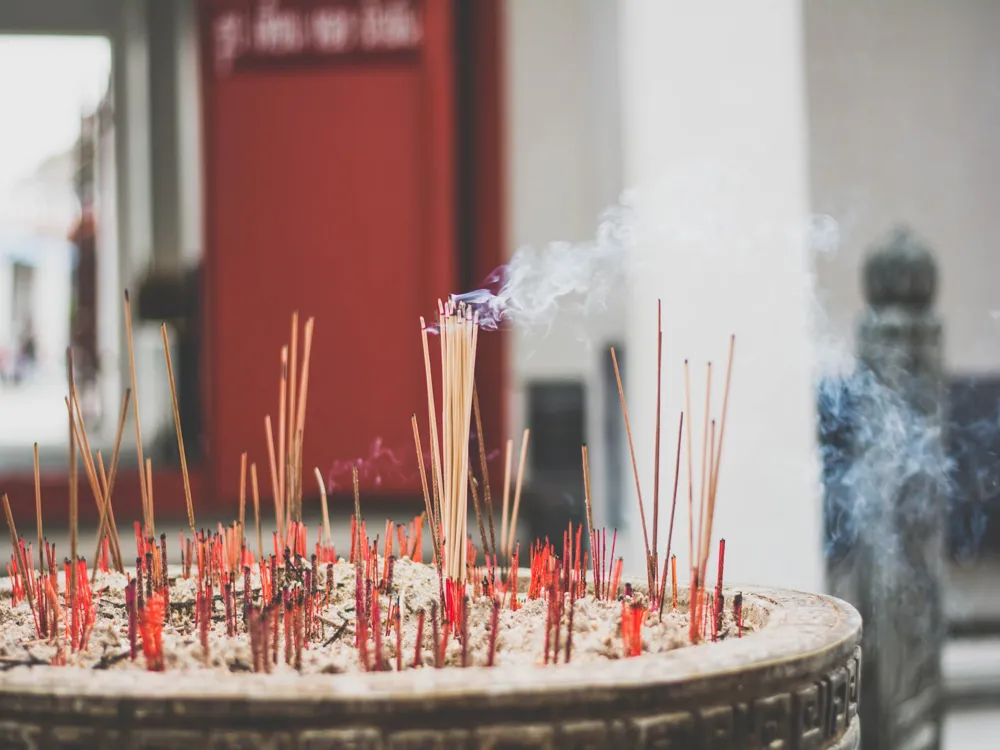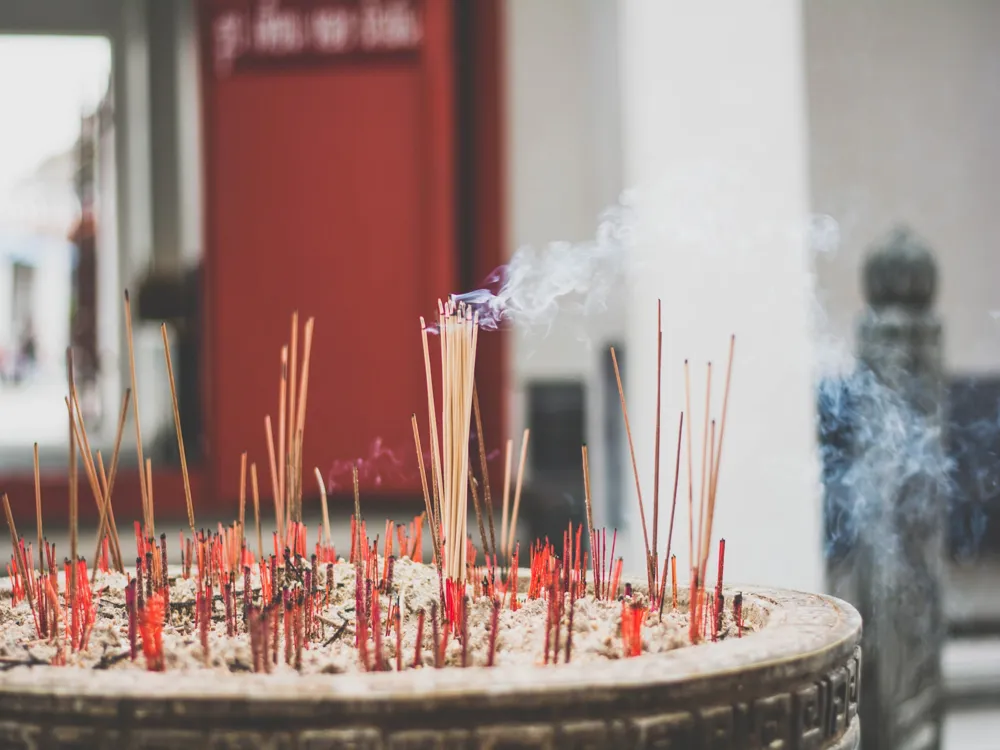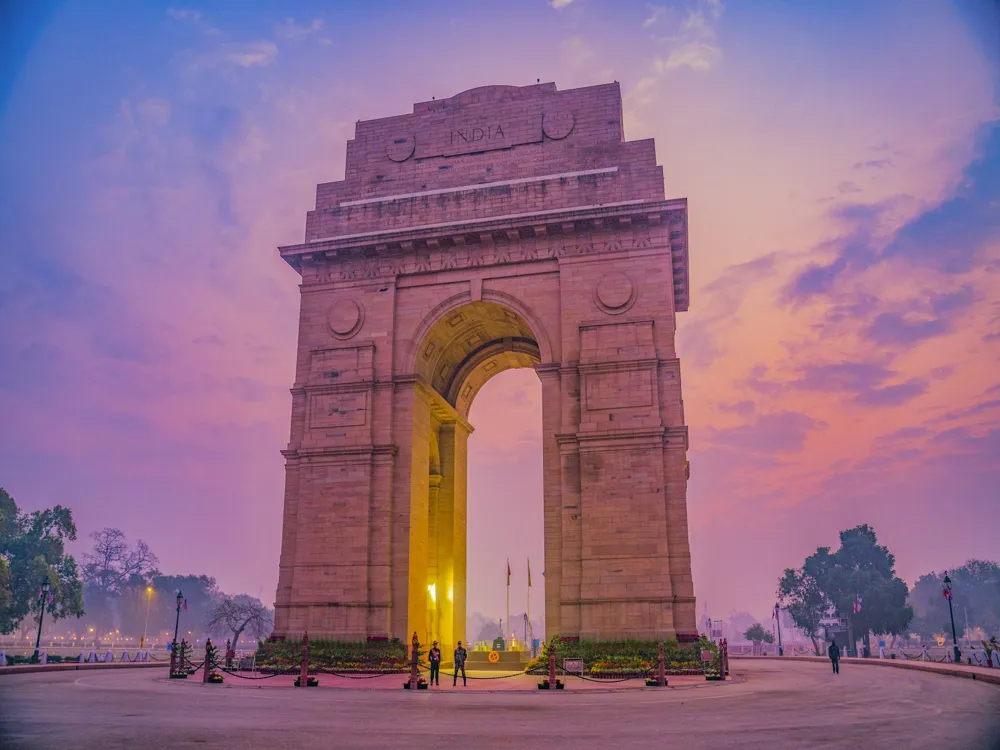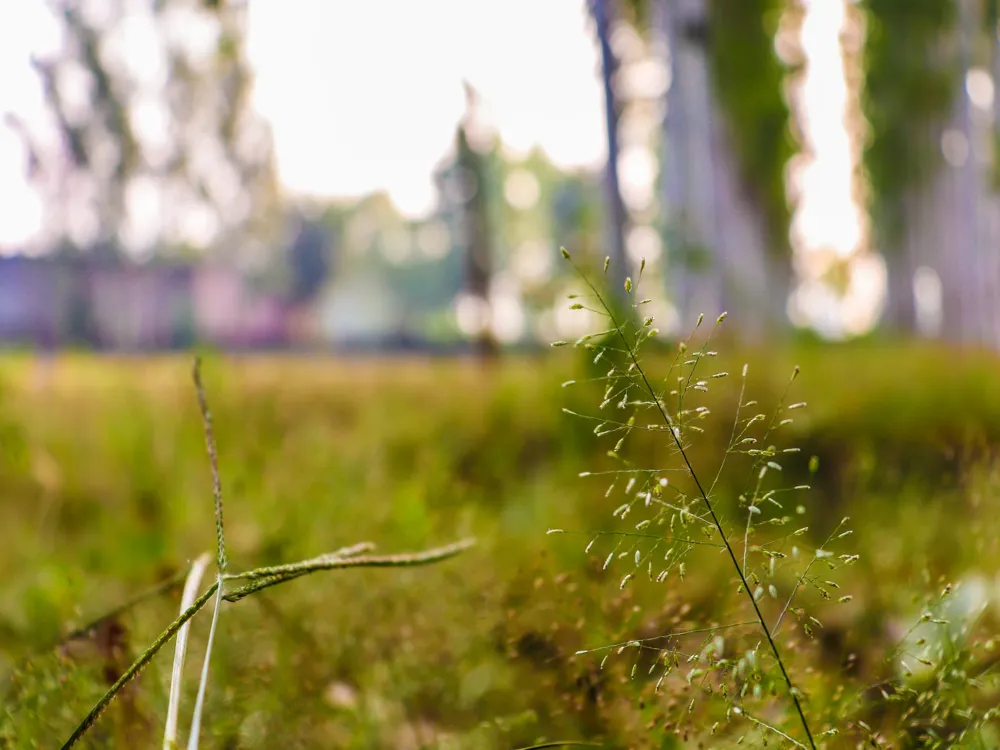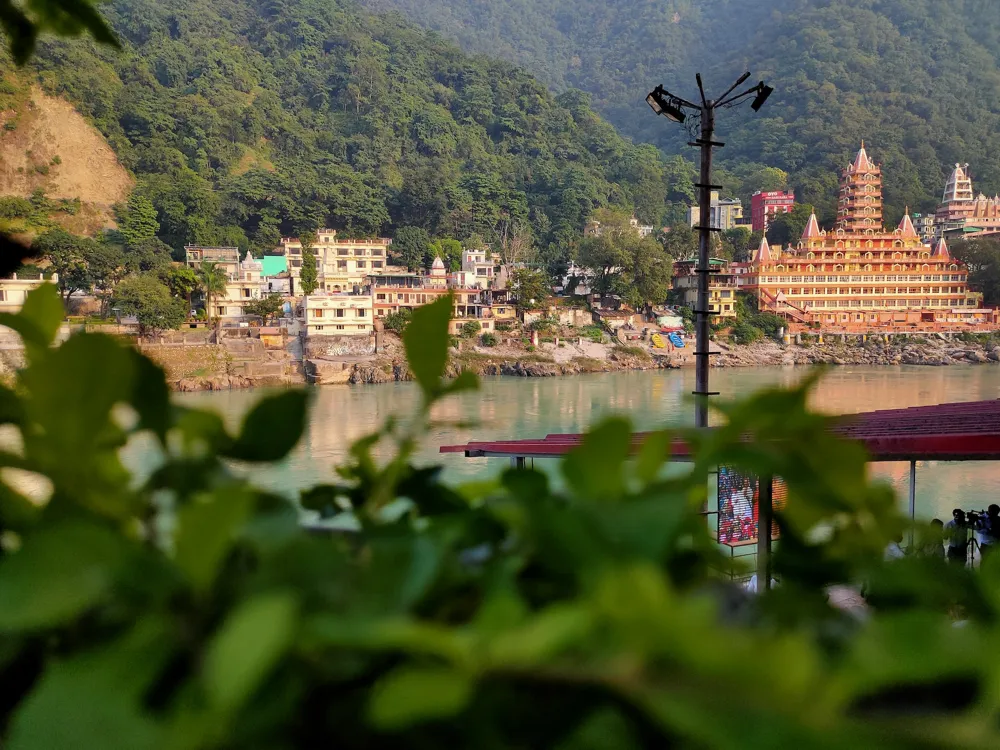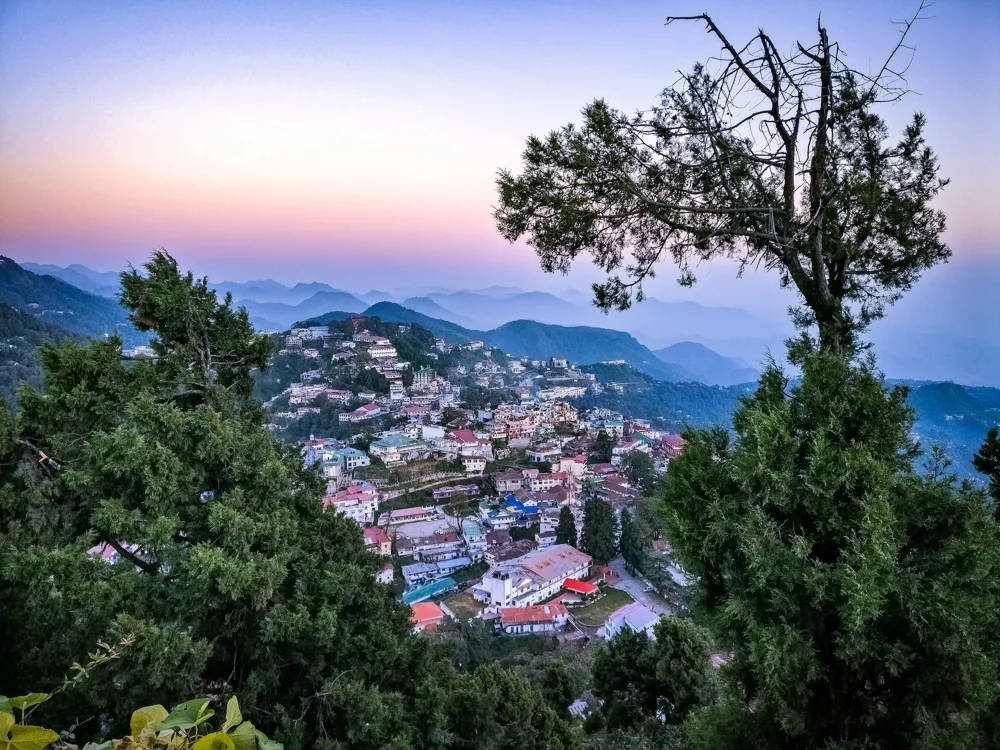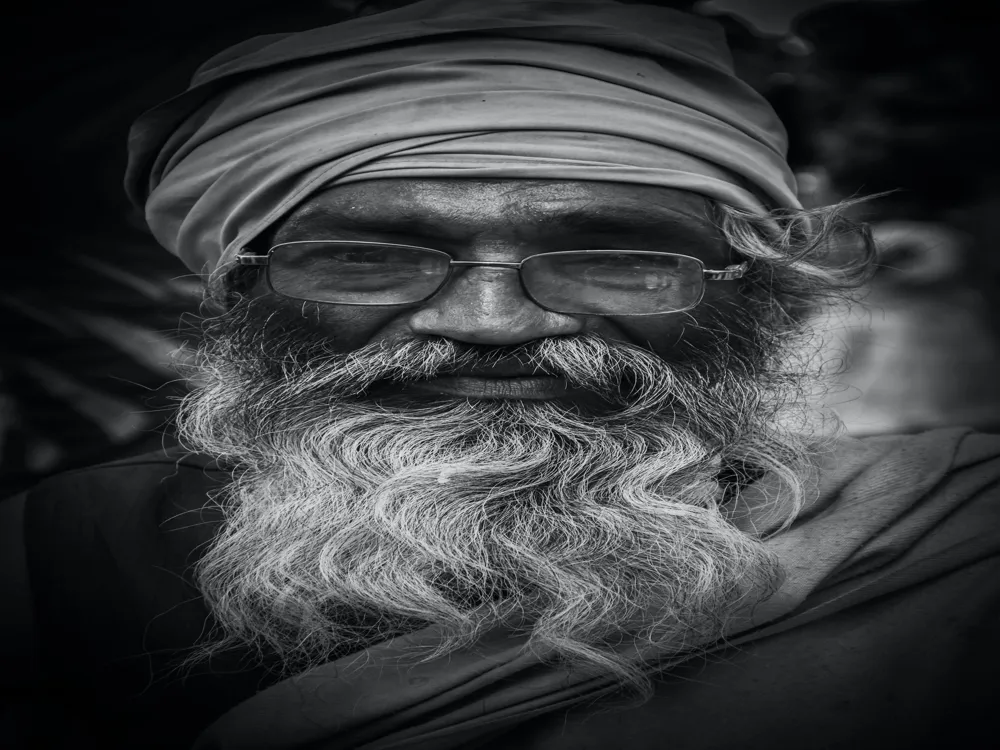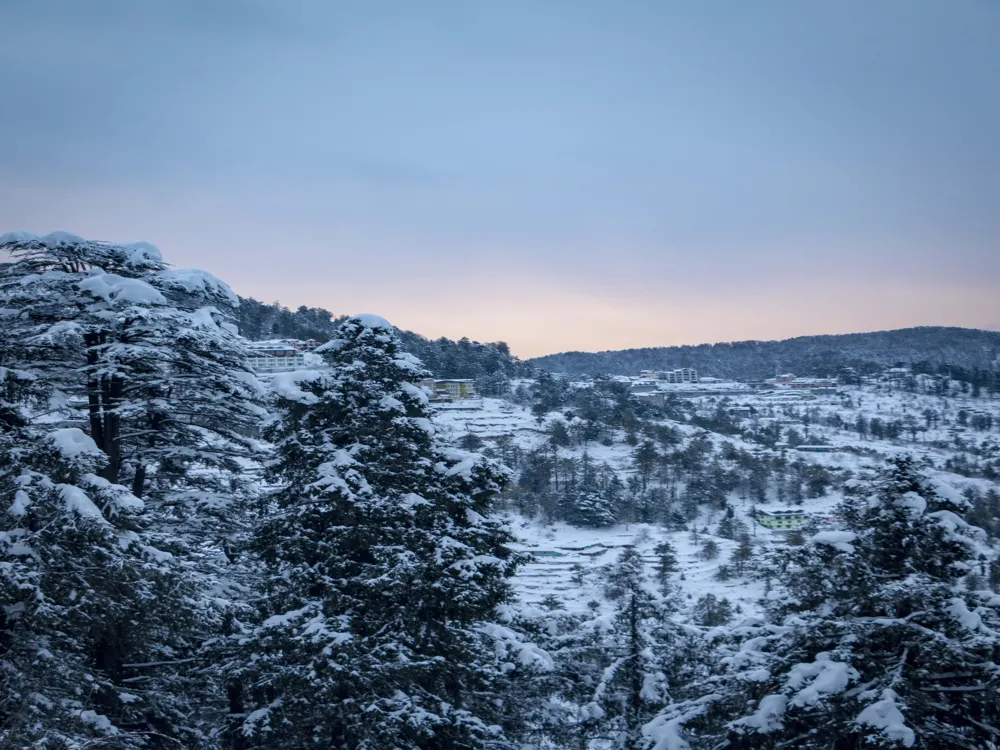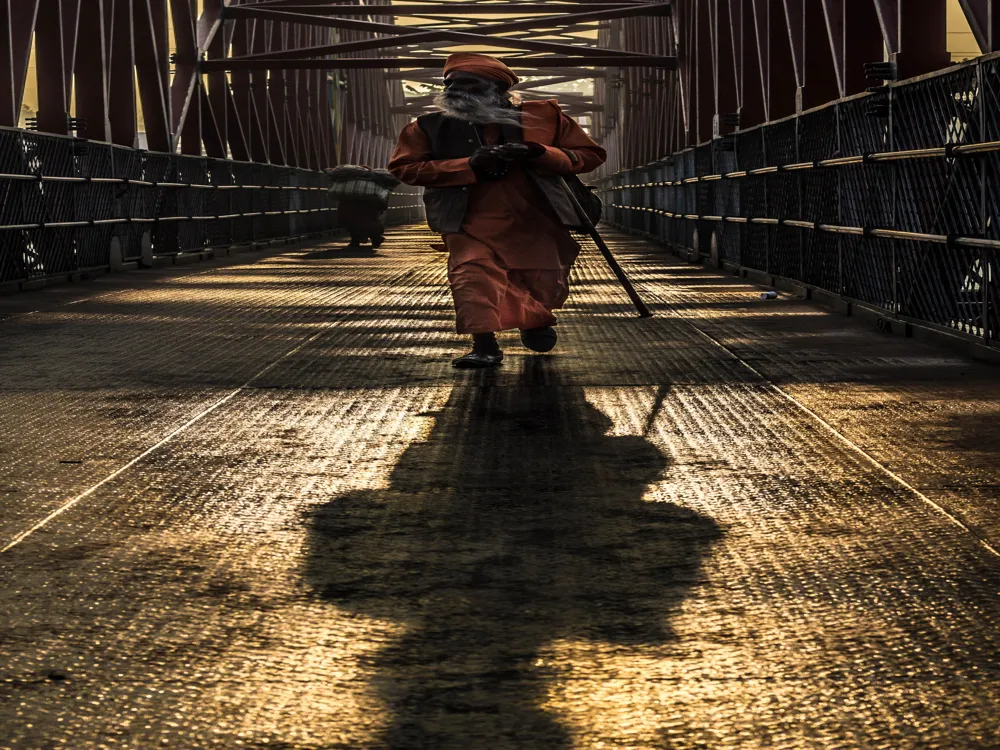The Digambar Jain Temple of Meerut, a city with a profound historical heritage in Uttar Pradesh, India, stands as a beacon of spiritual magnificence and architectural grandeur. This temple, dedicated to the Digambara sect of Jainism, is not just a place of worship but a testament to the rich cultural and religious tapestry of India. Jainism, an ancient Indian religion, emphasizes non-violence, asceticism, and the path to spiritual liberation through self-discipline and renunciation. The Digambar Jain Temple in Meerut is revered for its serene ambiance and exquisite carvings that depict various aspects of Jain philosophy and mythology. The temple's origin dates back several centuries, making it an important historical and religious landmark. The city of Meerut itself has a significant place in Indian history, from ancient times through the colonial period, and the temple adds to its cultural richness. This temple attracts not only devotees and pilgrims but also historians, architects, and tourists from around the world. As a hallmark of Jain architecture, the temple features intricate designs and carvings that represent the zenith of craftsmanship. Its structure is a harmonious blend of ancient motifs and modern designs, creating an environment that is both spiritually uplifting and aesthetically pleasing. The temple's peaceful surroundings offer a tranquil retreat from the hustle and bustle of city life, making it a perfect destination for those seeking solace and spiritual enrichment. The importance of the Digambar Jain Temple extends beyond its religious significance. It serves as a cultural hub, hosting various festivals and events that showcase Jain traditions and practices. These events provide a glimpse into the Jain way of life, which is centered around principles of peace, harmony, and respect for all forms of life. The temple's role in promoting these values makes it a vital part of the community in Meerut and a beacon of hope and inspiration for people from all walks of life. The architecture of the Digambar Jain Temple in Meerut is a remarkable feat, blending spiritual symbolism with artistic excellence. The temple's design reflects the core principles of Jainism – simplicity, purity, and harmony with nature. Every aspect of the temple's structure is meticulously crafted, from the towering shikharas (spires) to the ornate carvings that adorn its walls and ceilings. The main sanctum, which houses the idol of the Tirthankara, is an embodiment of divine presence. The idol, usually made of marble or other precious stones, is seated in a meditative pose, symbolizing the Tirthankara's attainment of enlightenment. The sanctum is designed to focus the devotee's attention on the idol, facilitating a deep spiritual connection. One of the most striking features of the temple is its use of intricate carvings and sculptures. These artworks depict scenes from Jain mythology, teachings of the Tirthankaras, and various symbols significant to Jainism. The attention to detail in these carvings is a testament to the skill and devotion of the craftsmen who created them. The temple's architecture also incorporates elements of Vastu Shastra, an ancient Indian science of architecture and building. This ensures that the structure is in harmony with the natural energies of the environment, enhancing the spiritual experience of the visitors. The use of natural light, open spaces, and the alignment of the temple with celestial bodies are all integral parts of its design. Furthermore, the temple complex often includes subsidiary shrines, a community hall, and sometimes a library containing sacred Jain texts. These additional facilities serve as centers for learning and community gatherings, fostering a sense of unity and fellowship among the visitors. Visitors should be mindful of the religious sentiments of the Jain community. Dress modestly, remove footwear before entering the temple premises, and maintain a quiet demeanor to respect the sanctity of the temple. It's important to familiarize yourself with the cultural norms of Jainism. Non-violence is a core tenet, so avoid bringing any non-vegetarian food items or leather goods into the temple. While photography may be allowed in some areas, always ask for permission before taking pictures, especially inside the main temple hall or of the idols. Read More:Overview of Digambar Jain Temple of Meerut, Uttar Pradesh
Architecture of Digambar Jain Temple
Tips When Visiting Digambar Jain Temple
Respect the Religious Sentiments
Understand the Cultural Norms
Photography Guidelines
Digambar Jain Temple
Meerut
Uttar Pradesh
NaN onwards
View meerut Packages
Meerut Travel Packages
View All Packages For Meerut
Top Hotel Collections for Meerut

Private Pool

Luxury Hotels

5-Star Hotels

Pet Friendly
Top Hotels Near Meerut
Other Top Ranking Places In Meerut
View All Places To Visit In meerut
View meerut Packages
Meerut Travel Packages
View All Packages For Meerut
Top Hotel Collections for Meerut

Private Pool

Luxury Hotels

5-Star Hotels

Pet Friendly








